What Does a Heat Recovery Ventilator Do?
Heat recovery ventilation systems, commonly known as MVHR, is a unique and crucial piece of equipment that can greatly benefit your home. But what does a heat recovery ventilator do? In this blog, we will answer this.
With new buildings being made to be as energy efficient as possible, and the UK aiming for 95% of its electricity usage to be low carbon by 2030, it is imperative to understand how we can make the most of our ventilation. This is where MVHR units come in.
To prevent mould, fresh air should constantly be introduced into your dwelling daily, as it helps to regulate temperature and reduce condensation. Introducing fresh air can be as simple as having a ventilation routine, or installing extractors or MVHR units. Almost all of this is facilitated by ducting.
At I-Sells, all things ventilation and ducting related is our speciality, and we are here to answer the questions you need to know.
Why is ventilation important?
Ventilation is a necessity in every home, dwelling, and shared public space. Ventilation is the process of providing air to a specific space. But why is having fresh air important?
- Lack of air can lead to physical issues, and even death. (If there is little to no breathable air).
- Ventilation allows stale indoor air to be moved and replaced by fresh outdoor air.
- Fresh air can help you to feel calm and relaxed.
- Fresh air can help cool you and your home down.
- Fresh air can help to reduce humidity and condensation.
- Adequate ventilation prevents the environment necessary for mould.
How is ventilation provided?
In modern times, ventilation is provided via ventilation systems such as heat recovery ventilation, in line fans and positive pressure.
Some include extractor fans under the umbrella of ventilation. Although there is some cross-over, extractor fans specialise in removing the air in which it is placed in, rather than replacing or adding to it.
What does a heat recovery ventilator do?

A heat recovery ventilator, which is also known as MVHR, ‘Mechanical Ventilation with Heat Recovery’ is an advanced form of ventilation. In a nutshell, this kind of system ventilates the home by providing fresh outdoor air. The unique feature is that these systems also extract indoor air that is humid.
Humid air has a level of heat within it, a heat recovery ventilator captures this heat from the indoor humid air, and applies it to the air that is being extracted from outside. This results in fresh, filtered, outdoor air, with no loss of temperature.
The effect of this, is that you have fresh air, free from most dust and allergens, without a loss of heat. As a result of removing the humid air, there is a much reduced likelihood of condensation and mould appearing in your home.
Mould can easily spread once it develops in your home, and can cause a whole host of issues including illness and discomfort, and damage to your home.
What kind of heat recovery ventilators are there?
When it comes to heat recovery systems, you can get single-room units, and whole-house units.
Single room heat recovery units are ideal for bathrooms or kitchens, whereas whole house units are appropriate for any home, as long as the home is appropriately insulated, you will feel the full effects of the heat recovery unit.
Benefits of a heat recovery system
The benefits of heat recovery systems are the following:
- Holds all the benefits of an extractor, including the removal of stale air, humidity and smells.
- It helps to prevent the cultivation of mould through the removal of humidity.
- Temperature sensors ensure that additional heat is not being added to the atmosphere of the home if it is already hot.
- Heat recovery systems take a lot of the burden from you conducting a ventilation routine. This is ideal for a vulnerable person.
- Less of a need to use your central heating frequently as the heat generated through your house is recycled through the heat recovery unit.
- The reduced use of heating as a result of the heat conservation granted by a heat recovery unit can help you save on energy bills.
Is a heat recovery ventilator suitable for any home?
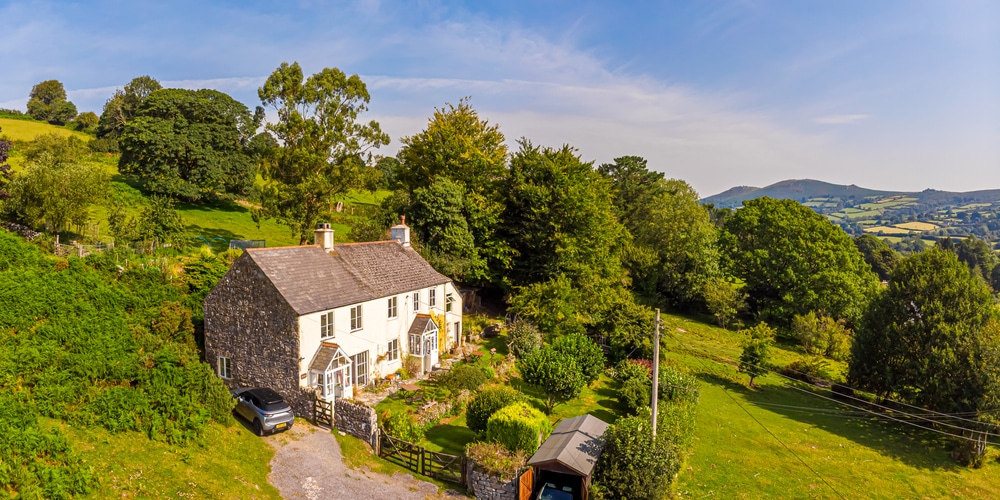
Yes, heat recovery systems are suitable for almost every home or building. The only exception would possibly be a place with industrial level ventilation already installed. But for now, let’s keep the conversation to houses.
Modern houses are designed to be more airtight, allowing less heat to escape. The only problem with this, is that if there is no ventilation routine, or ventilation system in the home, you will easily fall victim to mould.
Heat recovery systems maintain the warmth of the home whilst removing the humid air, for best results, opening your windows regularly helps.
On the other hand, older homes aren’t as airtight, meaning there is a higher likelihood of heat escaping, especially if the home hasn’t updated its doors and windows. We would suggest getting more insulated doors first, but heat recovery systems can efficiently keep the home at a stable temperature, whilst extracting the stale indoor air.
Signs you need heat recovery ventilation
- Your home gets cold again quickly after using central heating (struggles to retain heat).
- You have a lot of condensation appearing in certain rooms of your home.
- You have found mould in your home.
- Smells linger in your home for a long time despite cleaning.
- The air in your home feels stale.
- A simple ventilation routine isn’t helping the ventilation in your home enough.
Neglecting to act upon the signs we have mentioned, you can expect mould to develop in your home. The physical devastation that can befall your home as a result of not treating mould immediately can result in damages that could be extremely expensive to repair. The same can be applied to the effect of mould on your health. Do not neglect these signs.
How do I install heat recovery systems professionally?
In order to acquire the services needed to install your heat recovery unit, you must search for a ‘HVAC contractor.’ They can be found online or other directory formats. Some may be in your vicinity, whilst others provide services in various areas.
The likelihood is there would be a consultation, which may take place as a home visit. This is to ascertain the space available, and if there is anything in the home that would hinder the process. After this, they would likely provide a quote and go from there.*
If you want the best MVHR system suitable for your home, it may be worth contacting a HVAC contractor before buying your heat recovery system. So they can advise what from our range is best suited to your home and needs.
*Please note that this is a general description of what may happen with a HVAC contractor. It does not reflect the individual practices and processes of every HVAC contractor.
Invest in heat recovery ventilation today
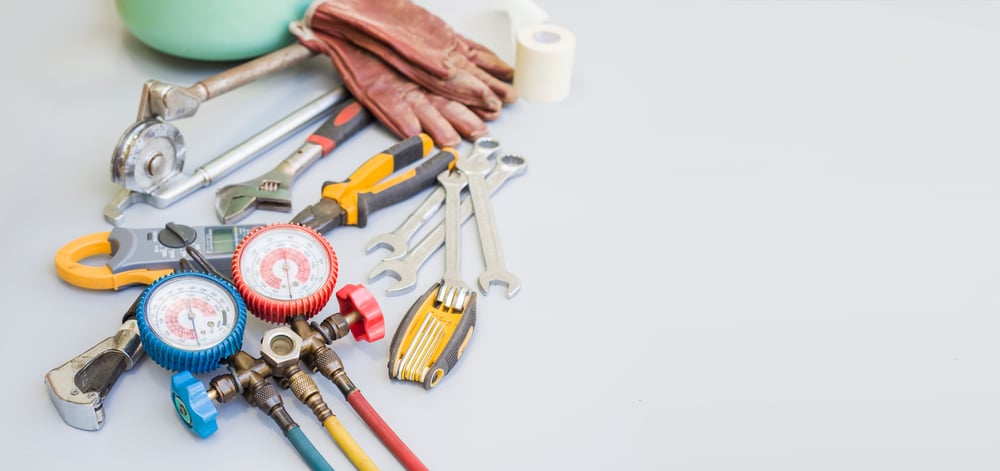
We at I-Sells endeavour to ensure our customers have all the information they require before investing in our mould solutions. Be sure to visit our blog page to learn about the vast array of factors and issues surrounding ventilation, mould, condensation, and much more.
We hope to have answered the question ‘What does a heat recovery ventilator do?’
We understand you may have more questions, do not hesitate to contact us for more information about whatever you need our help with. If you’d like to email us, click here. For other contact options, see below:
Call us on 020 8463 9696
Visit us at our showroom:
*OPENING TIMES*
Monday – Friday: 8:00 am to 5:30 pm
Saturday: 9:00 am to 12:00 pm
Sunday: Closed
15 St John’s Parade
Sidcup, Kent
DA14 6ES
United Kingdom


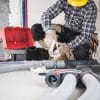
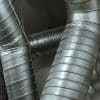


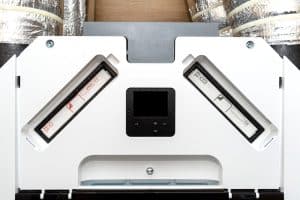

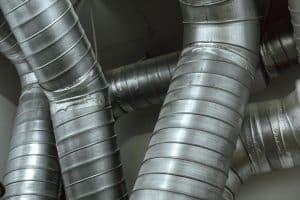




















Add comment
You must be logged in to post a comment.